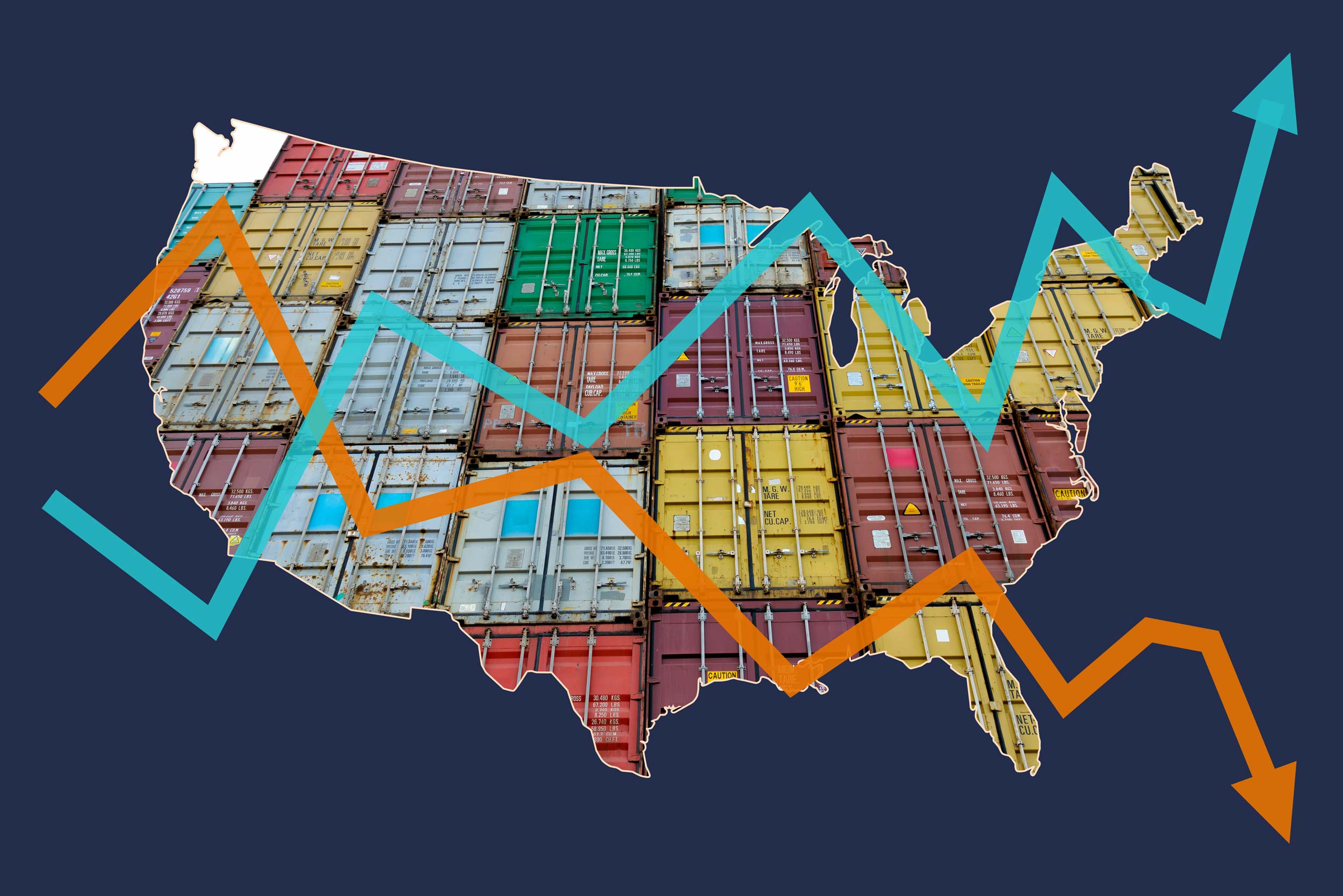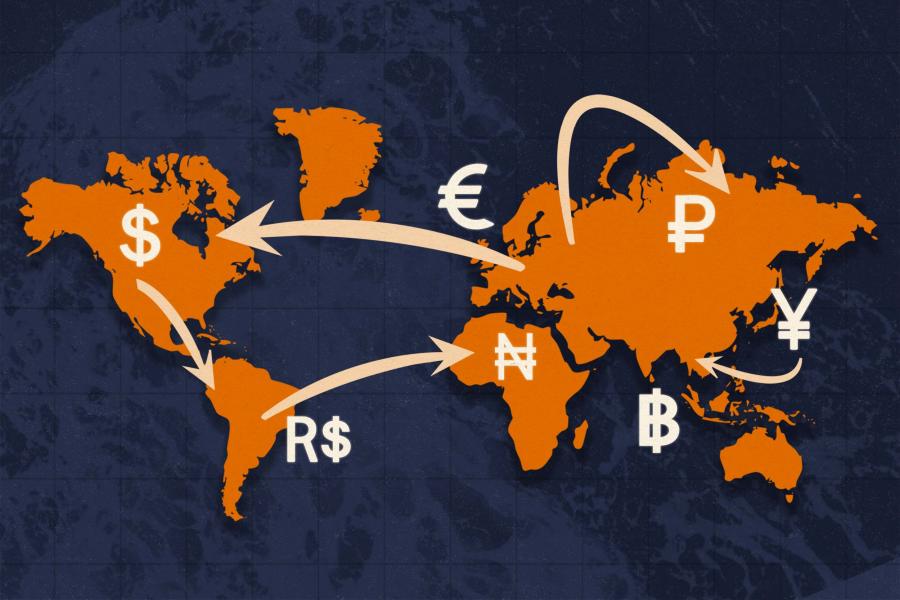Up and down, on and off again – the seemingly endless tariff and trade war talk these past two months has been a mixture of predictions, percentages and political posturing.
In February, President Donald Trump imposed 25% tariffs on goods from Mexico and Canada and increased previous tariffs on China by 10%, then postponed the tariffs for Canada and Mexico for 30 days.
On Tuesday, he reinstated those tariffs and added an extra 10% on Chinese imports. The next day, he gave the U.S. auto industry a 30-day reprieve from the tariffs, and on Thursday, delayed some Canadian and most of the Mexican tariffs until April 2.
Meanwhile, China upped its tariffs on American goods, while Canada responded with retaliatory levies set to take effect in the next 30 days, vowing to leave the tariffs in place until the U.S. lifts its new tariffs on Canadian imports.

Rodney Sullivan is the executive director of the Mayo Center of Asset Management at the University of Virginia’s Darden School of Business. He says new tariffs will likely cause an increase in prices for consumers and businesses. (Contributed photo)
While details on who’s taxing whom for how much seem to change almost daily, the threat of new tariffs remains. To find out what those levies could mean to consumers, UVA Today reached out to Rodney Sullivan, executive director of the Mayo Center of Asset Management at the University of Virginia’s Darden School of Business.
Q. As a quick reminder, exactly what are tariffs, and who pays them?
A. A tariff is a levy or duty that a government imposes on imported goods. It is a type of tax on goods when they are brought into the country from abroad. A tariff is different from other taxes like sales, income and property taxes. Tariffs directly affect the price of imported goods, which can lead to higher consumer prices and can alter trade dynamics and international relations.
The costs of tariffs will ultimately be paid by some combination of American consumers, businesses and the exporting companies. Businesses typically pass along some portion of the tariff costs to consumers while absorbing some costs themselves. In some cases, foreign exporters may lower their prices to remain competitive with other countries, effectively leading to the exporting companies absorbing part of the cost. It is difficult to determine how the costs will be spread among these groups as there are many factors at play.
Q. What economic impact will consumers likely feel related to tariffs on Mexico, Canada and China?
A. The tariff threats are leaving businesses to determine how to deal with them. One outcome seems pretty clear: consumers are likely to see higher prices at grocery stores and retailers, as well as for automobiles. That is because the U.S. imports fresh vegetables and other produce from Mexico, while it relies on Canada for auto parts, lumber and oil.
The auto industry, with supply chains stretching across all three countries, is particularly impacted. Retailers such as Target and Walmart, as well as restaurants such as Chipotle, have warned that they will not be able to absorb the entirety of the tariff impact and will most likely need to pass along at least some portion of tariff costs to consumers as their vendors in the supply chain raise prices.
The additional tariffs on China apply to all imports, impacting everything from relatively cheap items such as toys, clothes and shoes to expensive Apple smartphones and consumer electronics.
The Budget Lab at Yale University estimates that the U.S. consumer price level may rise by 2% this year, the equivalent of $3,000 per average household.
Q. All three countries have mentioned raising tariffs on U.S. goods in retaliation. How will that affect Americans?
A. Retaliatory tariffs reduce U.S. export competitiveness by making U.S. products more expensive, thus disadvantaging U.S. companies and making it difficult for them to compete globally.
Canada responded by threatening 25% tariffs on nearly $100 billion of U.S. imports, to be imposed in waves. The first wave targets nearly $20 billion worth of American goods, such as alcohol, clothing and household appliances. A second wave targeting about $90 billion of goods is proposed sometime over the next month.
China announced tariffs on U.S. food and agricultural products that are set to take effect next week. An additional 15% will be imposed on American chicken, wheat, corn and cotton products, while an additional 10% will be put on American sorghum, soybeans, pork, beef, seafood, fruits, vegetables and dairy products.










